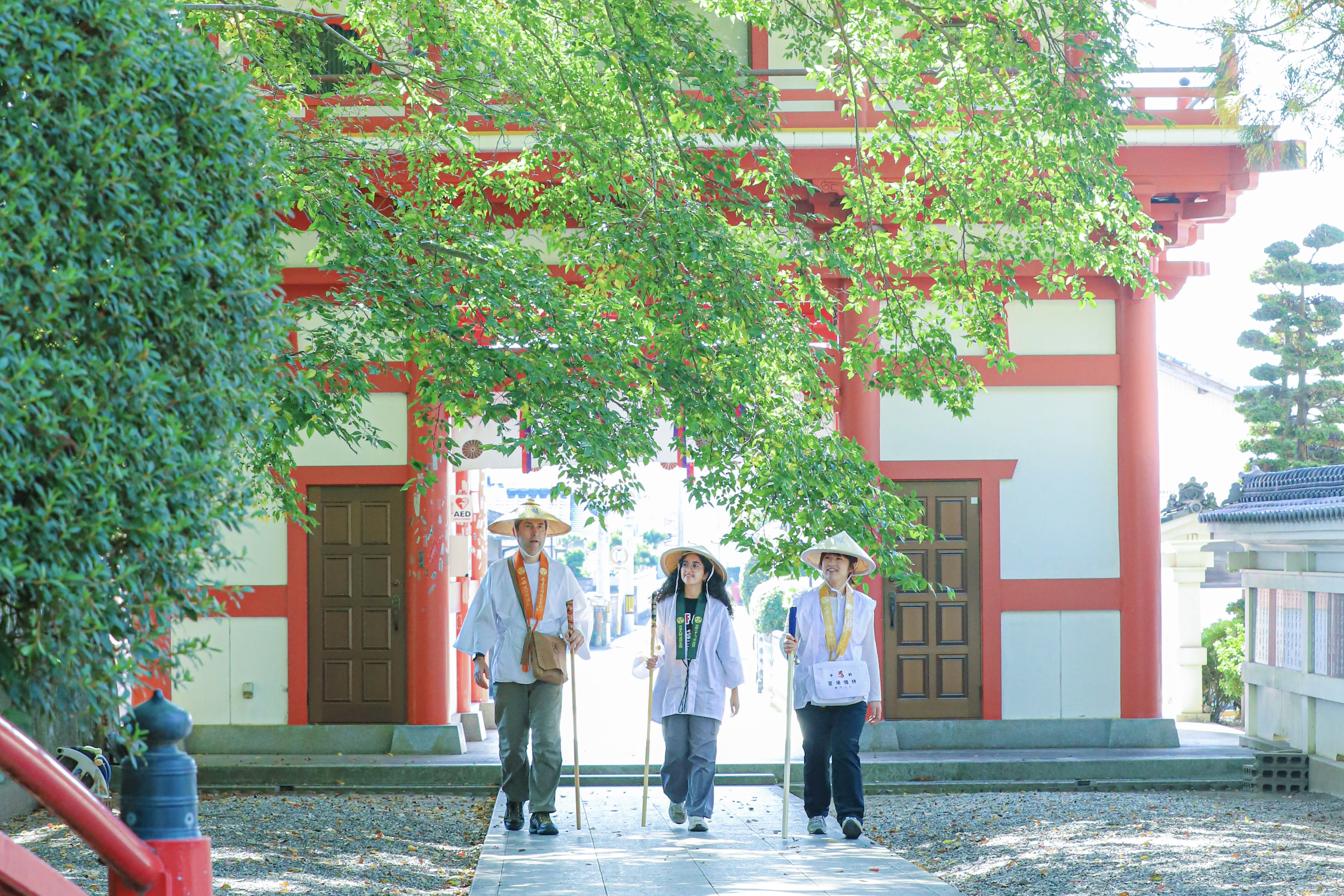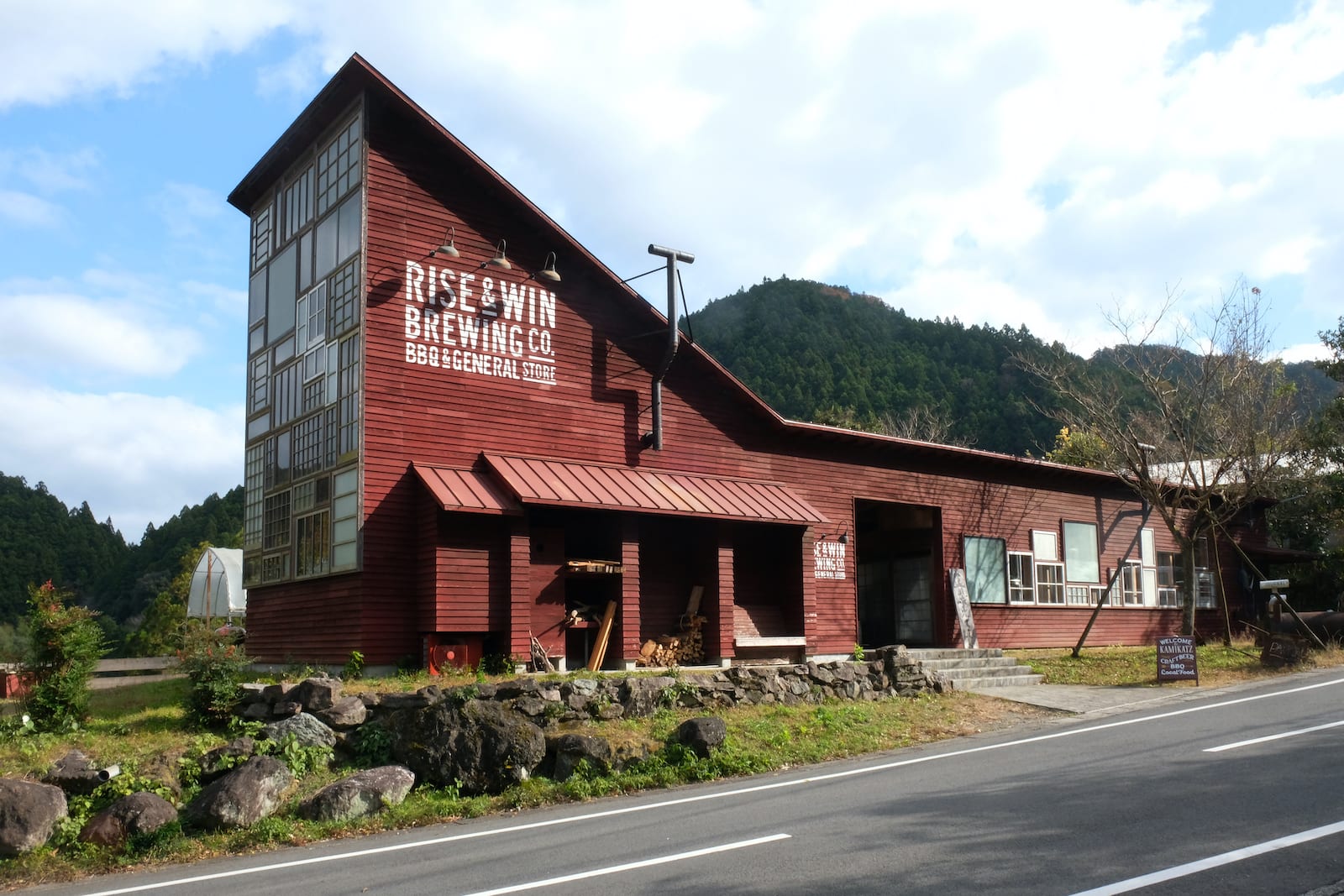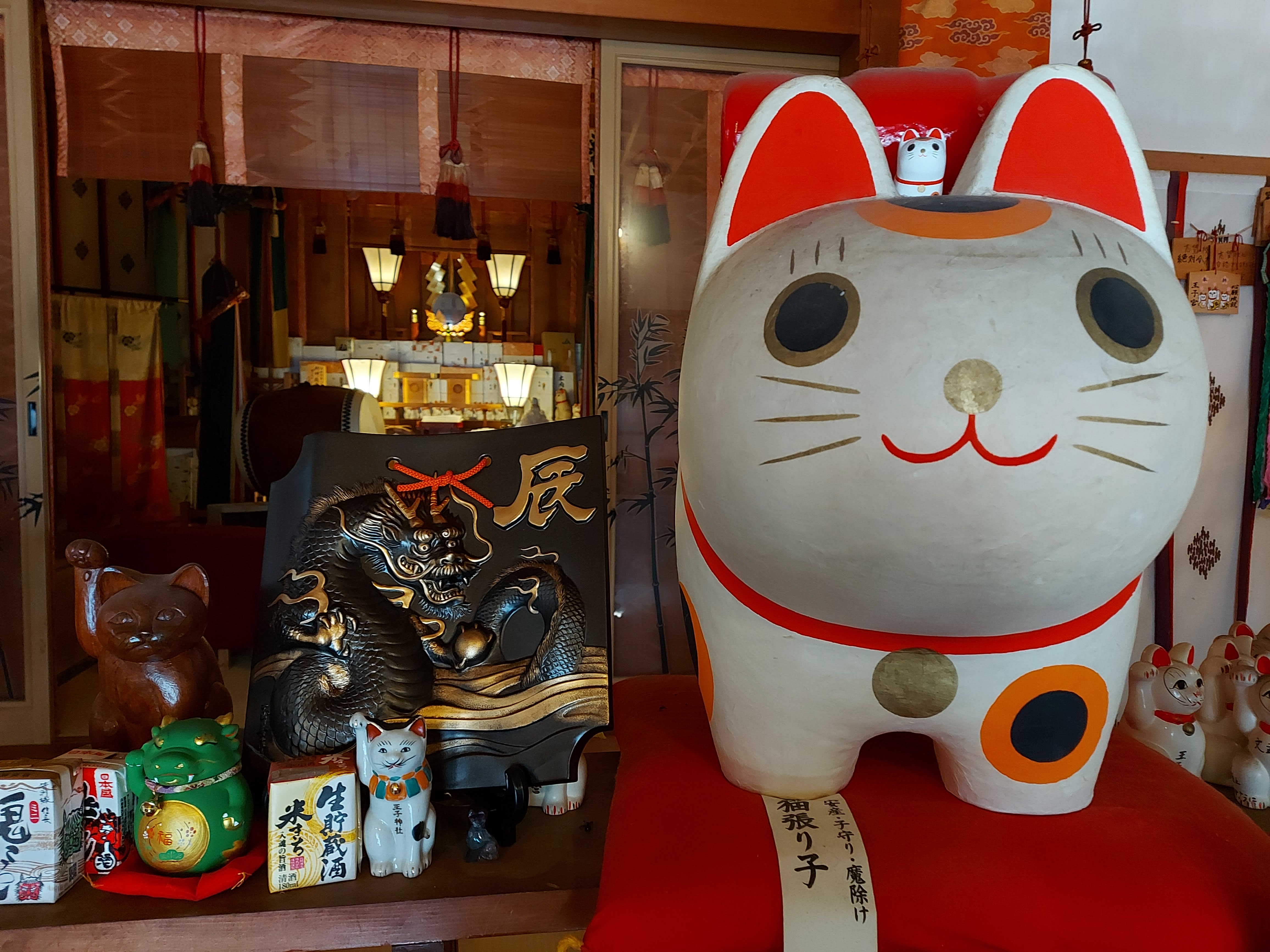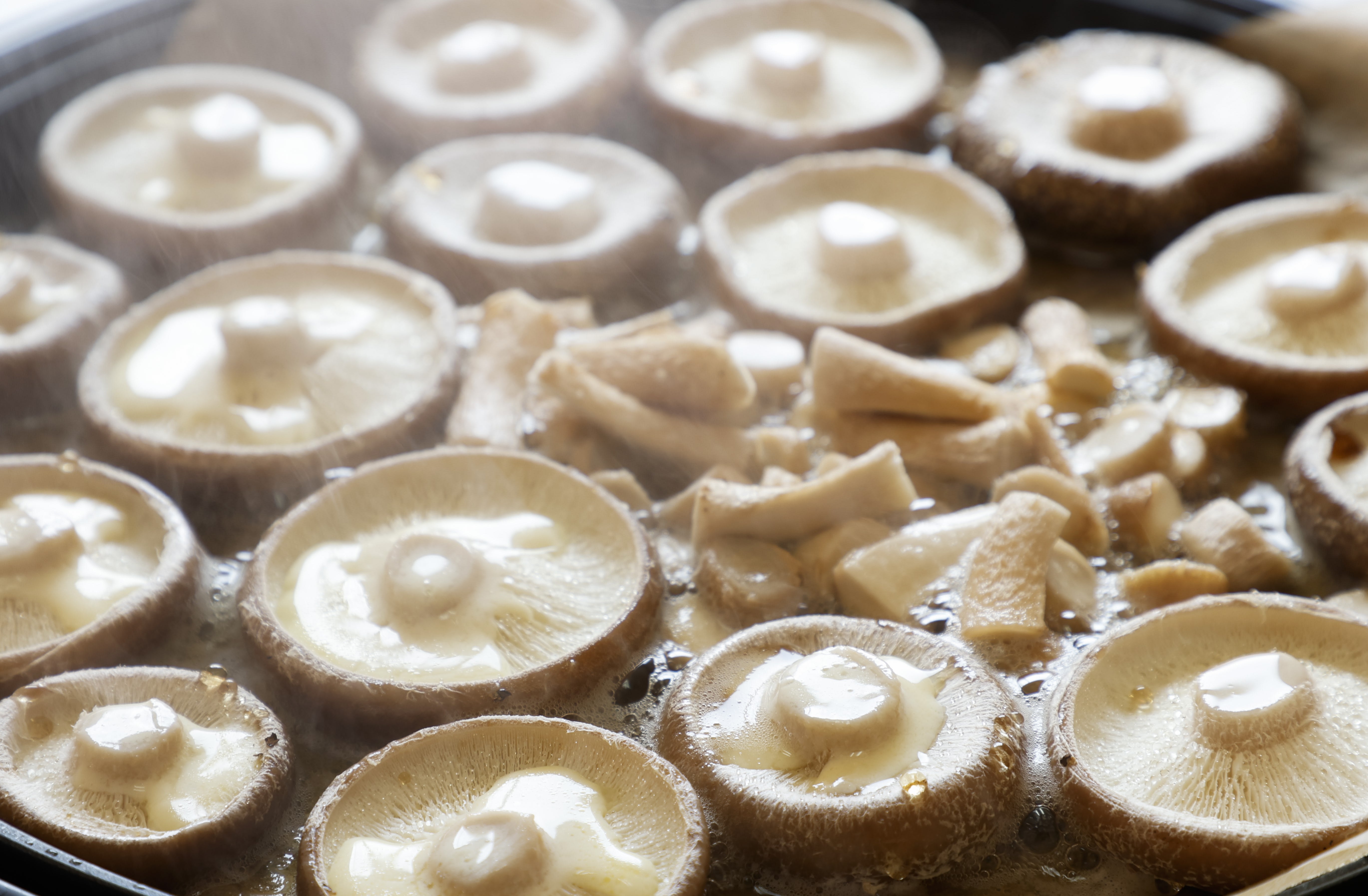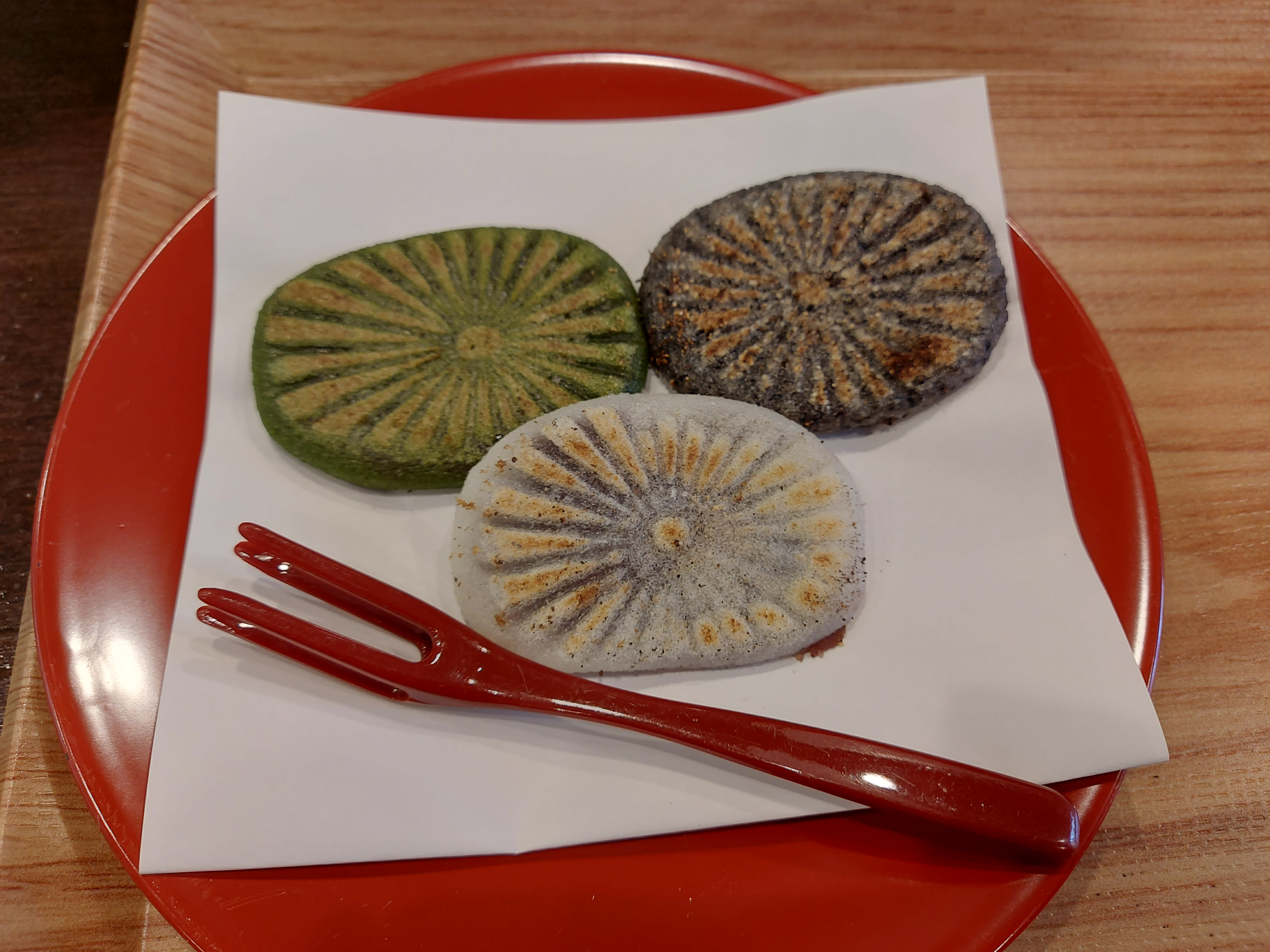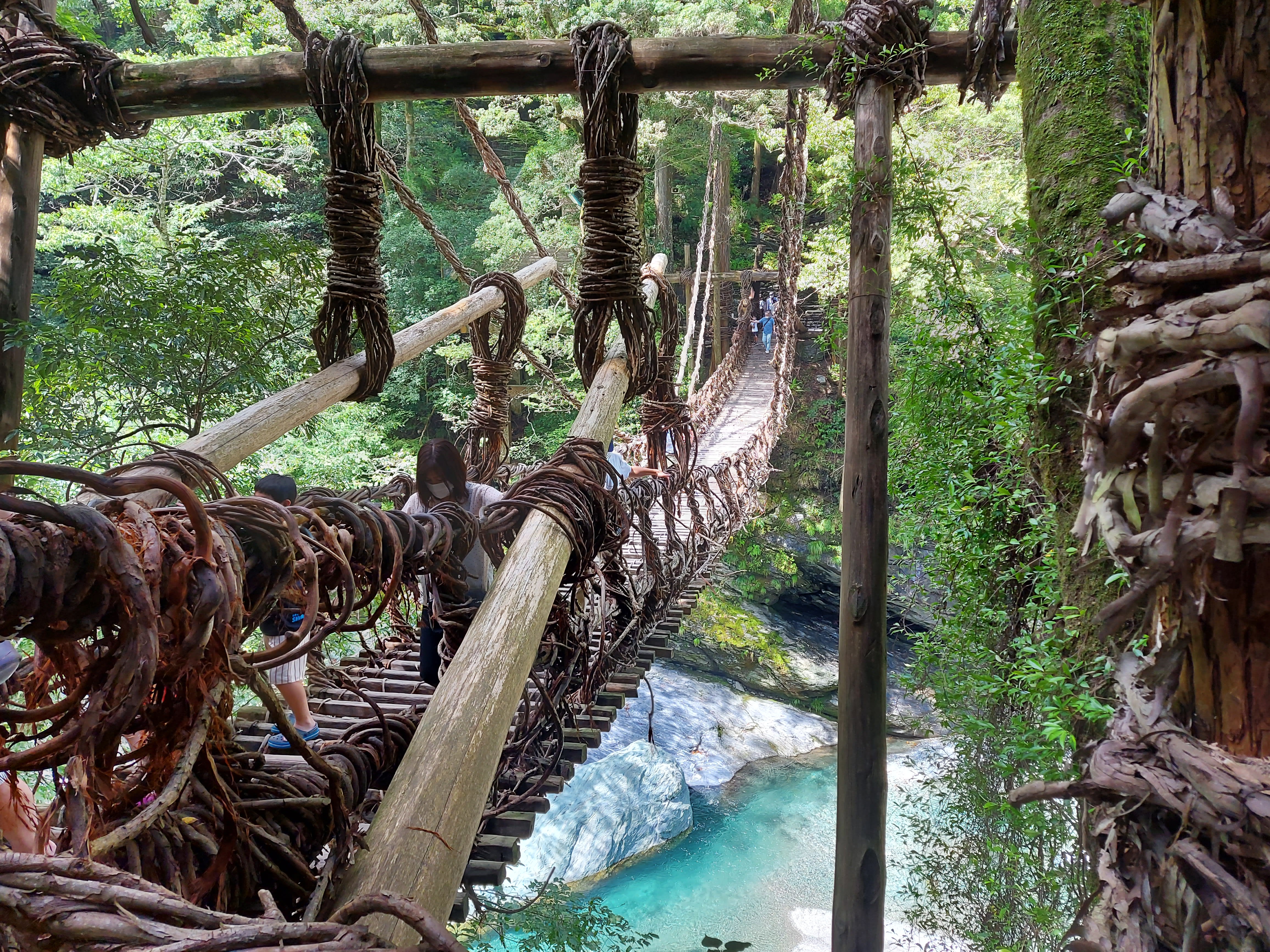Air Travel Tokushima
Reviews for 【Kamikatsu】Explore Mt. Irodori & Irodori Leaf Picking + Dinner
Total Score






0.0%

0.0%

0.0%

0.0%

0.0%
Family
 0.0 (0 reviews)
0.0 (0 reviews) Couples
 0.0 (0 reviews)
0.0 (0 reviews) Friends
 0.0 (0 reviews)
0.0 (0 reviews) Solo traveler
 0.0 (0 reviews)
0.0 (0 reviews) Work
 0.0 (0 reviews)
0.0 (0 reviews) Other Plan by the Same SupplierMore Plans
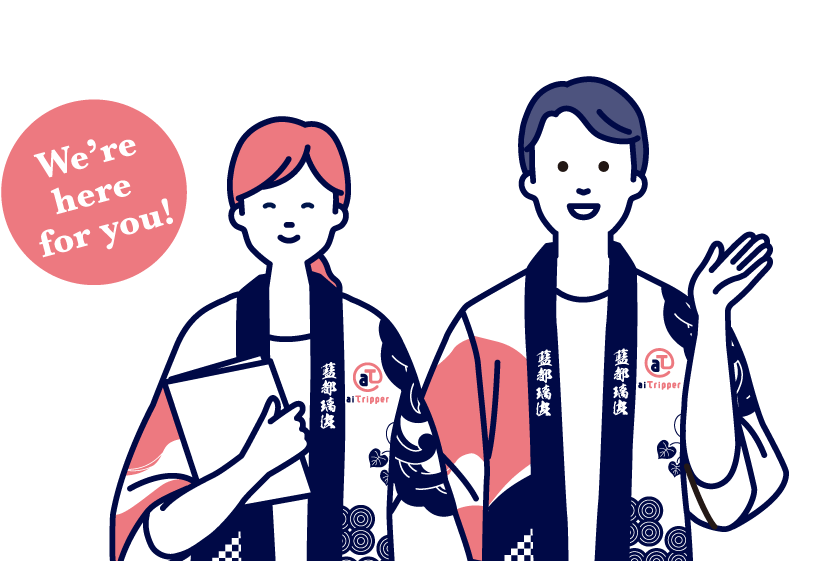
Trip Planner
We can prepare a personalized trip based on where you would like to go and what you would like to do.
Feel free to send us an inquiry.
*A fee may be charged depending on the inquiry content.


 0
0 
